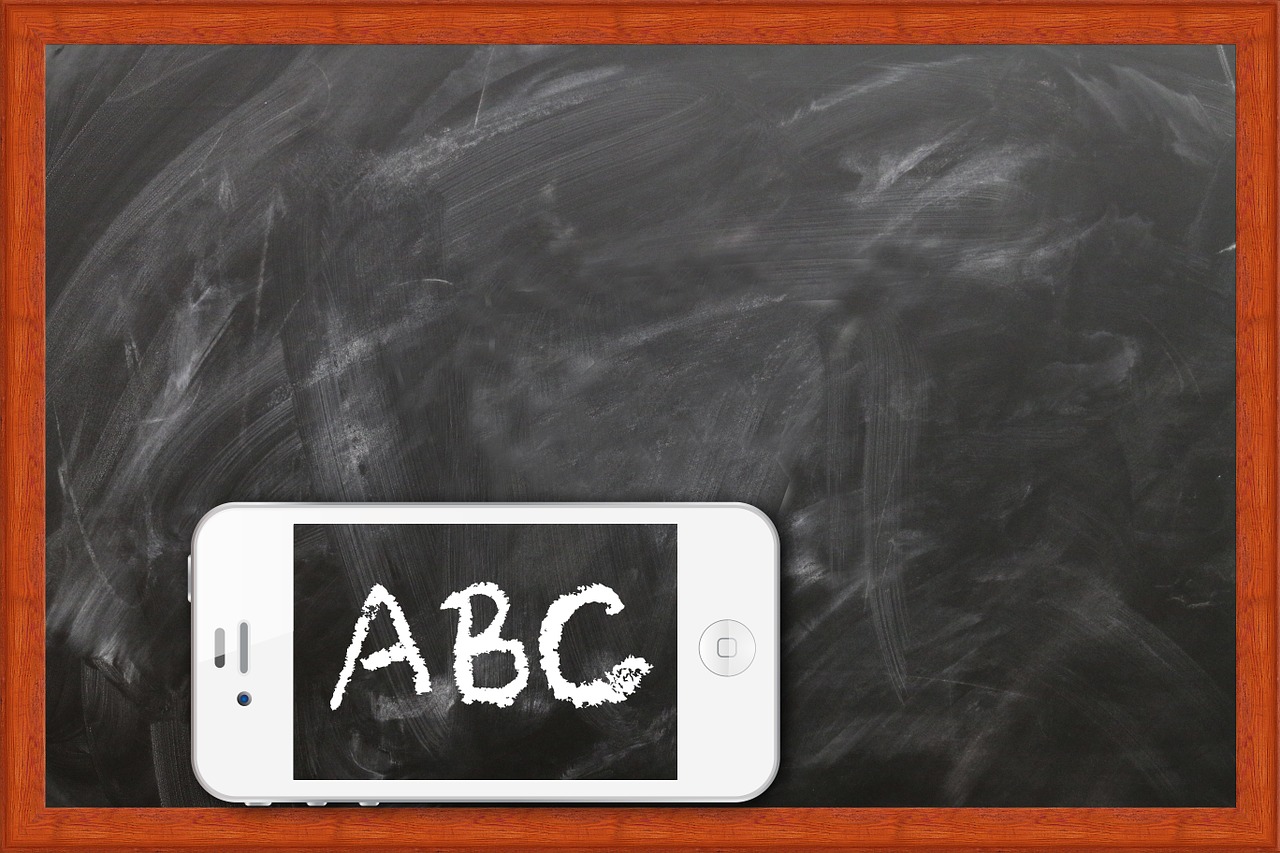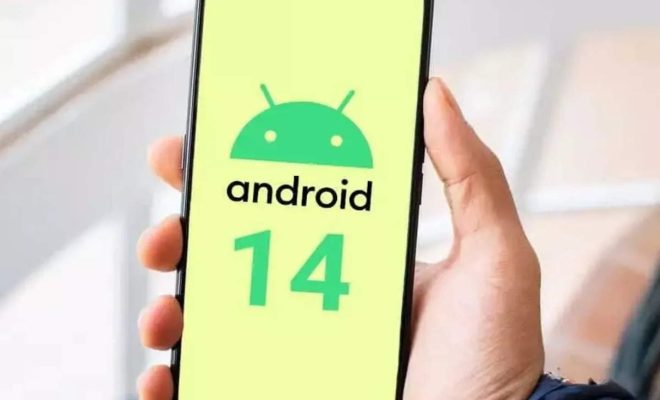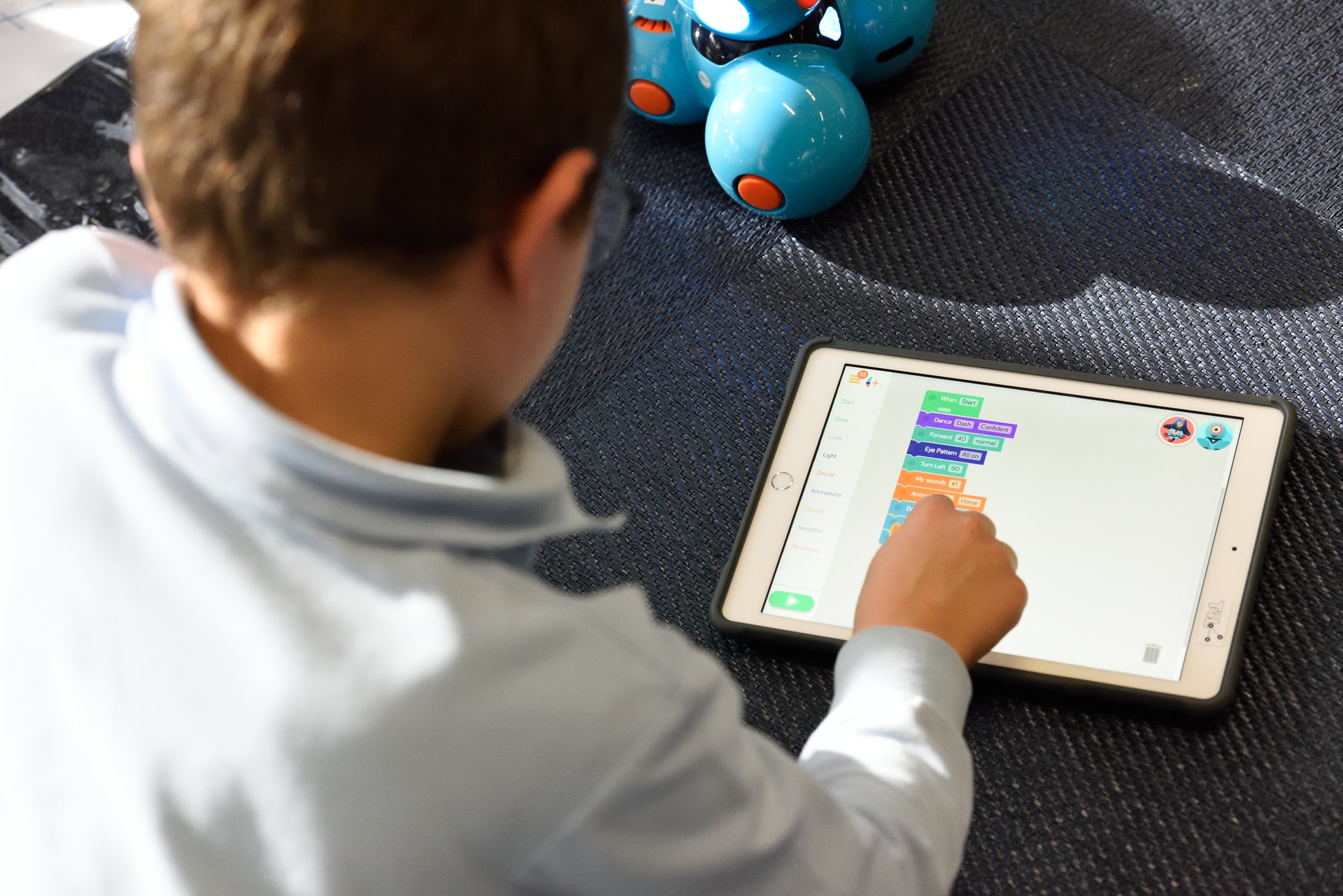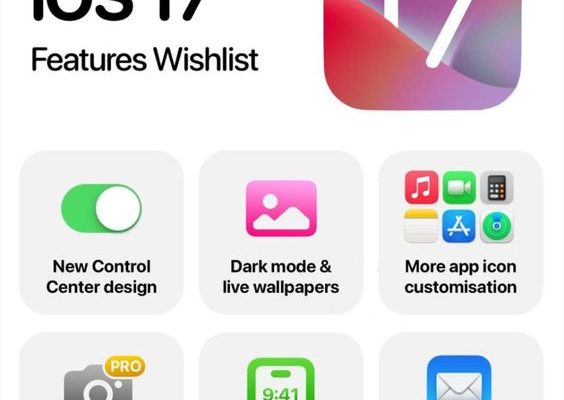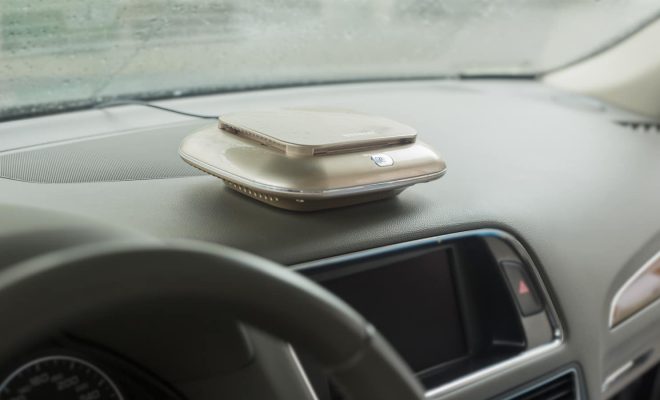T-Mobile G1 Vs. Apple iPhone 3G
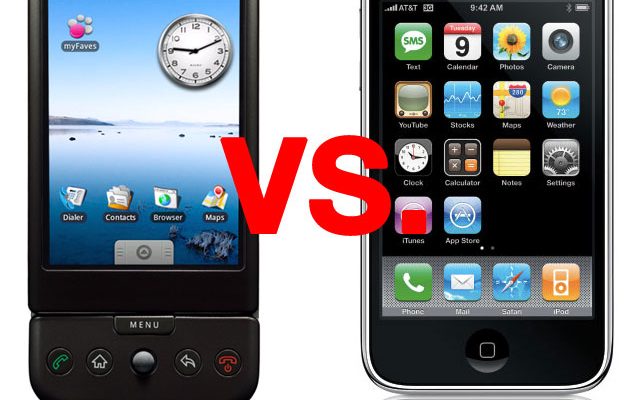
The T-Mobile G1, also known as the HTC Dream, made its market debut in 2008 as the first phone to run on Google’s Android operating system. Its arrival marked a significant moment in smartphone history, setting the stage for Android’s global expansion. On the flip side, the Apple iPhone 3G, launched in the summer of that same year, followed the trailblazing footsteps of its predecessor by refining the iOS-powered smartphone experience.
Design-wise, the G1 boasted a slide-out QWERTY keyboard, which appealed to those accustomed to tactile typing. It featured a 3.2-inch touchscreen with a resolution of 320×480 pixels – modest by today’s standards but competitive at the time. In contrast, the iPhone 3G opted for a minimalist approach with its sleek design and single home button, sporting a slightly larger 3.5-inch display and maintaining Apple’s commitment to a touch-only interface.
Underneath the hood, both devices were powered by ARM-based processors with similar clock speeds, though their performance was shaped by different factors such as operating systems and hardware optimization. Storage options on both phones were relatively limited; however, the G1 came with expandable storage via a microSD card slot, whereas iPhone 3G users needed to decide their storage needs at purchase since it lacked this option.
On the software front, Android’s openness was apparent from the onset; offering customization options through widgets and allowing users to tweak their user experience much more freely than on iOS. It also came with staple Google services built-in, such as Gmail and Maps. Apple’s iOS offered a polished and intuitive interface that emphasized consistency and ease of use but presented a more closed ecosystem where customization and accessing non-Apple app stores wasn’t possible.
As for apps availability, Apple had taken an early lead with its App Store launching just months before the G1 was released. By then, it had already started growing an impressive catalog of apps that became one of its strongest selling points. The Android Market (Google Play Store now) was still in its nascency when the G1 arrived.
In regards to connectivity, both phones supported 3G networks – which at their launch period was cutting-edge – delivering faster internet speeds over cellular data compared to previous generations. The iPhone 3G in particular made headlines for bringing higher download speeds which were central to Apple’s marketing.
Camera technology between the two had stark differences; while both had fixed-focus cameras without flash, iPhone’s 2-megapixel camera lacked video recording capability which was present on G1’s 3.2-megapixel camera supporting basic video capture.
When reflecting back on these pioneer devices of modern smartphones – T-Mobile G1 and Apple iPhone 3G – it’s evident that they each offered unique propositions to consumers: one prioritized open software and physical keys while the other doubled down on sleek design and a cohesive ecosystem which set benchmarks for all future smartphones that followed. The competition between these devices undeniably pushed forward mobile technology innovation leading to modern smartphones we see today.

